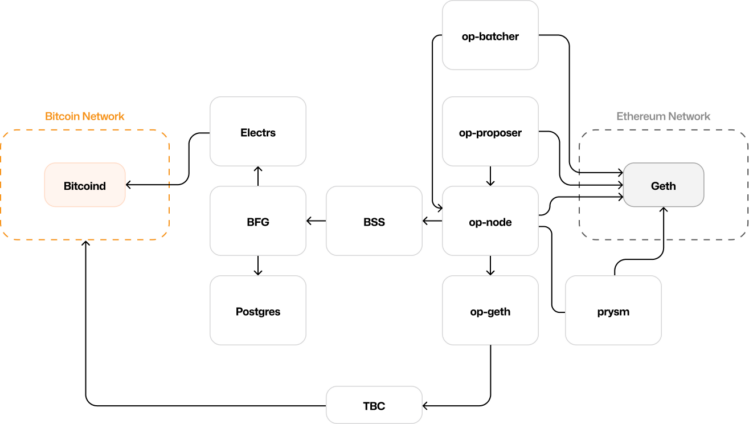So you want to use Hemi's Bitcoin-EVM integration? Cool. Hope you've got deep pockets because Bitcoin queries are fucking expensive. We learned this the hard way when our first mainnet deploy burned through $847 in 4 hours. That was our weekly budget.
The Painful Reality of Bitcoin Queries
A simple UTXO lookup costs 52k gas instead of the 2.1k you're used to on normal EVM calls. That's 25x more expensive, and it gets worse when Bitcoin mempool goes nuts. We deployed a DeFi app on Hemi's mainnet thinking "how bad could it be?" Our first day projections were off by 380%. Hit our weekly budget in 6 hours.
Our unoptimized contract was hitting 165k gas per transaction. At 25 gwei that's $21 per transaction when ETH is at $3k. Users were not happy. DeFiLlama shows most protocols are struggling with similar issues.
Optimizations That Actually Work (From Production)
Batch Your Queries or Go Broke: The hBK toolkit lets you batch multiple Bitcoin operations. We went from 5 separate UTXO calls (275k gas) to 1 batched call (67k gas). Not perfect but won't bankrupt you. Took us 3 weeks to figure this out because the docs don't explain the savings.
// This will murder your gas budget
for (uint i = 0; i < utxos.length; i++) {
checkUTXO(utxos[i]); // 50k gas each
}
// This won't kill you as much
batchCheckUTXOs(utxos); // ~15k gas per UTXO
Use Bitflags, Save Your Sanity: hVM precompiles support bitflags so you don't fetch entire transactions when you just need the amount. Reduced our transaction verification gas from 84k to 35k. Still expensive as fuck but at least it won't kill your startup. Had to read through the source code to figure this out because their examples don't cover the edge cases.
Don't Wait 90 Minutes for Everything: Bitcoin's Proof-of-Proof finality takes forever. We do instant settlement for under $100, 3-confirmation for under $1k, and full finality only for big stuff. Users don't mind waiting for large amounts.
Monitoring Because Production Will Break
Set up alerts or you'll get rekt. We use Tenderly to track gas usage and scream at us when transactions hit 150k gas. L2Beat's Hemi stats helped us benchmark against other teams.
Key metrics to track:
- Gas per operation type (set alerts at 120k+ for standard ops)
- Bitcoin node sync lag (should be under 30 seconds)
- Query timeout rates (Bitcoin nodes randomly timeout)
- Failed transaction costs (you still pay gas even when Bitcoin queries fail)
What We Learned the Hard Way
OK, here's the brutal truth. Bitcoin integration isn't free. Our optimized setup still costs 8x more than Arbitrum. Depends on what Bitcoin's doing, but now it's actually usable. We cut costs from 165k gas to 38k gas per transaction, which made the difference between "startup killer" and "expensive but workable."
If you're just doing basic DeFi stuff, stay on Arbitrum. Use Hemi when you actually need Bitcoin features like UTXO verification, direct Bitcoin payments, or trustless Bitcoin collateral. The gas costs only make sense when you're doing stuff that's impossible elsewhere.
Mainnet launched in late 2024 and now we've got 50+ protocols, but most are just generic DeFi clones farming airdrops instead of building actual Bitcoin features.
Pro tip: Test everything on Hemi testnet first, but budget 3-4x your testnet gas usage for mainnet. Bitcoin mainnet behavior is completely different from testnet.
